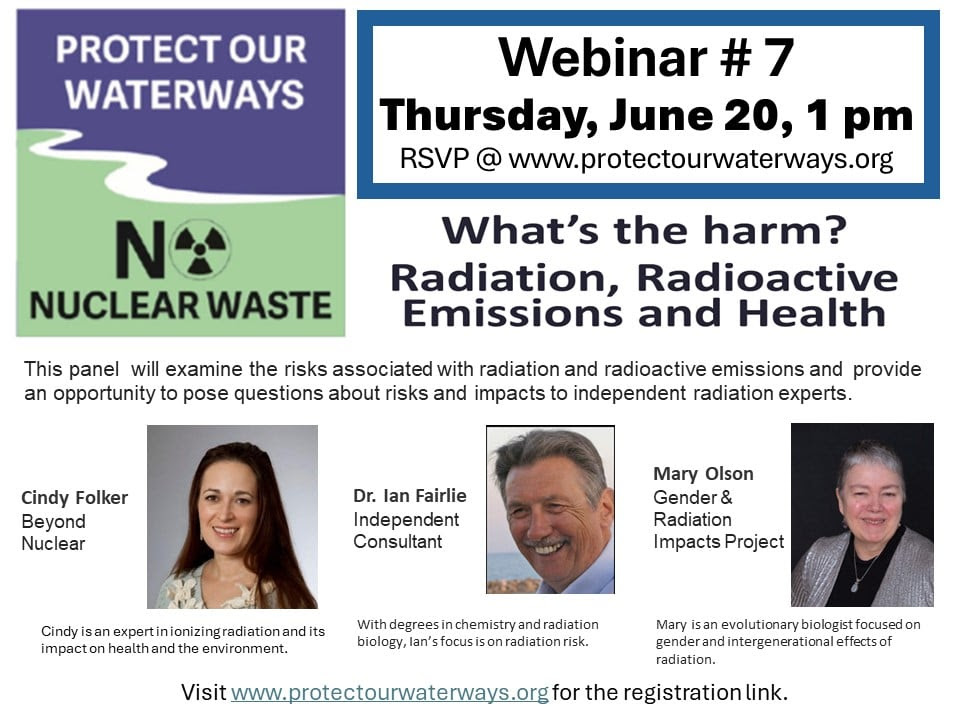Antarctic glacier melting at an alarming rate
Thwaites Glacier is melting at an alarming rate, triggering fears over rising sea levels Ft.com Leslie Hook on the Antarctic Peninsula, Steven Bernard and Ian Bott in London , 13 Jul 20,
https://www.ft.com/content/4ff254ed-960d-4b35-a6c0-1e60a6e79d91
Antarctica holds around 90 per cent of the ice on the planet. It is equivalent to a continent the size of Europe, covered in a blanket of ice 2km thick. And as the planet heats up due to climate change, it doesn’t warm evenly everywhere: the polar regions warm much faster. It puts the icy continent of Antarctica and Greenland, the smaller Arctic region, right at the forefront of global warming. The South Pole has warmed at three times the global rate since 1989, according to a paper published last month.
As Antarctic ice melts and the glaciers slide toward the ocean, Thwaites has a central position, that governs how the other glaciers behave. Right now, Thwaites is like a stopper holding back a lot of the other glaciers in West Antarctica. But scientists are worried that could change. ……..
https://www.ft.com/content/4ff254ed-960d-4b35-a6c0-1e60a6e79d91
Impact of warming oceans The good news is that the Antarctic continent is not melting that much, yet. It currently contributes about 1mm per year to the sea level rise, a third of the annual global increase. But the pace of change at glaciers like Thwaites has accelerated at an alarming rate, even though it would take thousands of years for Antarctica itself to melt.
No comments yet.
-
Archives
- June 2024 (168)
- May 2024 (373)
- April 2024 (366)
- March 2024 (335)
- February 2024 (345)
- January 2024 (374)
- December 2023 (333)
- November 2023 (342)
- October 2023 (366)
- September 2023 (353)
- August 2023 (356)
- July 2023 (362)
-
Categories
- 1
- 1 NUCLEAR ISSUES
- business and costs
- climate change
- culture and arts
- ENERGY
- environment
- health
- history
- indigenous issues
- Legal
- marketing of nuclear
- media
- opposition to nuclear
- PERSONAL STORIES
- politics
- politics international
- Religion and ethics
- safety
- secrets,lies and civil liberties
- spinbuster
- technology
- Uranium
- wastes
- weapons and war
- Women
- 2 WORLD
- ACTION
- AFRICA
- Atrocities
- AUSTRALIA
- Christina's notes
- Christina's themes
- culture and arts
- Fuk 2022
- Fuk 2023
- Fukushima 2017
- Fukushima 2018
- fukushima 2019
- Fukushima 2020
- Fukushima 2021
- general
- global warming
- Humour (God we need it)
- Nuclear
- RARE EARTHS
- Reference
- resources – print
- Resources -audiovicual
- World
- World Nuclear
- YouTube
-
RSS
Entries RSS
Comments RSS




Leave a comment